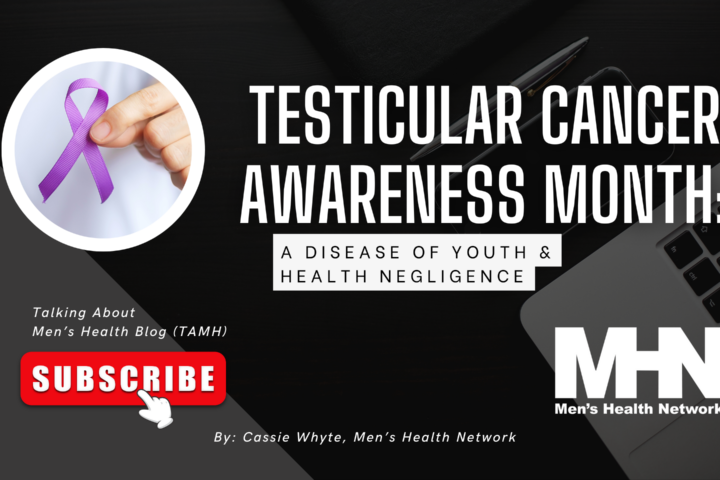Patients reporting chest pain account for about 6.5 million visits to American emergency rooms, the Centers for Disease Control (CDC) says. Most are not heart attacks, the CDC says, but patients often don’t understand their options and therefore can’t make informed decisions about their care.
It’s tough to get men with chest pain into the emergency room in the first place, notes Jean Bonhomme, MD, MPH, and founder of the National Black Men’s Health Network, in a report for Men’s Health Network (MHN) called “Blueprint for Men’s Health: A Guide for a Healthy Lifestyle. “The genders are taught to deal with fear and pain differently,” Bonhomme says. “When a boy is eight years old and he skins his knee, he is told brave boys don’t cry. When he is a teenager playing high school football and gets hurt, they tell him to take it for the team. So when he is 50 years old and having chest pain, he’ll say it’s just indigestion.” (You can read the full publication at https://tinyurl.com/9rt4d7bj).
MHN has also published a free pamphlet entitled “Heartbeat,” which serves as a handy guide on what you can do to improve your heart health and to help prevent cardiovascular disease. (You can read the entire guide at https://tinyurl.com/4wmejxc4).
Once a man does arrive in the emergency room, the intensity and speed of care may leave the patient dazed, unable to focus on the information he’s given and unsure of what he should do.
Erik P. Hess is an emergency medicine physician and researcher at the Mayo Clinic, which is headquartered in Rochester, Minn. He wanted to test a way to better inform patients about their care options and heart risks while being treated in the emergency room.
In Hess’s project, a single sheet of paper explains patients’ risk levels for future heart attacks and their options for future treatment, whether in their own doctor’s office or while in the hospital. The simple decision aid that Hess created allows patients and doctors to communicate quickly and effectively.
Hess’s project was funded by the Patient-Centered Outcomes Research Institute (PCORI, www.pcori.org) and its results were striking.
Patients who used the decision aid when discussing their chest pain with clinicians were less likely to stay overnight than patients who received usual care. Additionally, they faced no additional heart problems in the following weeks. Patients who used the decision aid also emerged with greater knowledge of both their heart risk and care options, and they got more involved in decisions about their care.
The research team randomly assigned 898 patients in emergency departments at six hospitals to receive either usual care or that care supplemented with the decision aid. The patients were considered low risk because they had tested negative for heart problems. After their visits, all the patients filled out a survey assessing their knowledge of their own risk and treatment options.
The survey also asked how they felt about the ER experience, such as their trust in the clinicians who treated them and satisfaction with the decisions they made. Then, 45 days later, a research team member called each of the patients to find out whether they had gone on to experience any major heart problems.
In addition to learning more, those patients who used the decision aid felt more confident in their decisions, whether they stayed for further testing or went home.
Using the decision aid didn’t take much of harried emergency room clinicians’ time. In the study, using the decision aid made the clinician-patient interaction take only an average of 1.3 minutes longer.
The choice to avoid more tests in the hospital could be a boon to emergency departments, Hess says. “The patients are not in there as long, so you can open up a treatment bed. Overcrowding and increased waiting times have been shown to decrease the quality of care.”
Both clinicians and patients learned more when the decision aid guided conversations, Hess’s study found. “The physician becomes aware of where a patient is coming from, of the nonmedical factors that affect a patient’s decision making,” Hess says. “It can provide a more meaningful interaction.”
In the study, using the decision aid made the clinician-patient interaction take just an average of 1.3 minutes longer.
Results of Hess’s preliminary study were published in the British medical journal The BMJ. You can read those results here: https://tinyurl.com/zcddmck5.
The next step for the project is to test the decision aid with more patients. But it is likely to be used in some emergency departments before those trials are complete. The Mayo Clinic plans to use the aid, Hess reports, as will at least two of the other emergency departments that participated in the study.
Photo by freestocks.org from Pexels




